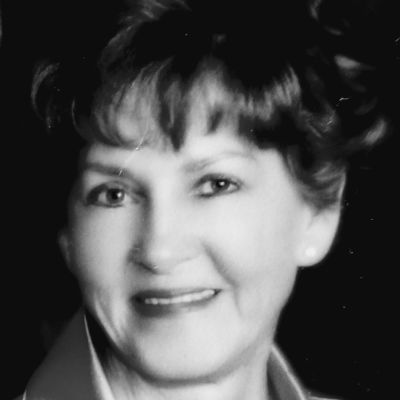
Mary "Kathleen" (Mott) Jefferson of Grand Junction, Colorado passed away peacefully at the age of 85 on April 5th in the presence of loved ones. Kathleen was born May 31st, 1937 in Alamosa, Colorado to her parents Elsie (Sowards) and Jacob Mott. She was the 9th of 12 children.
Kathleen was raised in Alamosa and attended Adam State College, where she proudly represented the school as a cheerleader. While at Adam State, Kathleen met her husband of 66 years, Jay Jefferson, and they were married January 26, 1957.
In 1966 Kathleen and Jay set roots in Grand Junction. She began her first years in Grand Junction as a homemaker raising her 2 children. In 1972 she began her career with Mesa College as a Residence Hall Director. Later she was assigned the duties of Assistant Housing Director and ultimately served as Housing Director until her retirement. In retirement, Kathleen enjoyed spending time in her home, working in her flower garden, and being visited by family.
Kathleen was an active member of The Church of Jesus Christ of Latter-Day Saints where she graciously and proudly served others in their times of need.
Kathleen is survived by her husband John W. "Jay" Jefferson of Grand Junction, CO; son Kendall (Jennifer) Jefferson of Lindon, UT; their four children: Lindsey (Justin) Reed, Andrew (Claire) Jefferson, Parker Jefferson, Samuel Jefferson, and 6 great grandchildren; daughter Jill (Deryl) McKinnerney of Hondo, TX; their 3 children: Taylor Rae McKinnerney, Monty McKinnerney (deceased), and Nathan McKinnerney. She has three surviving siblings: Donna "Betty" Turney of Alamogordo, NM, Dr. Joseph Mott of Chandler, AZ, and Jeannie Brandis of Flagstaff, AZ.
A memorial service will be held at a date to be announced.
Please express your condolences at this site: https://www.dignitymemorial.com/obituaries/grand-junction-co/mary-jefferson-11237284/add-memory